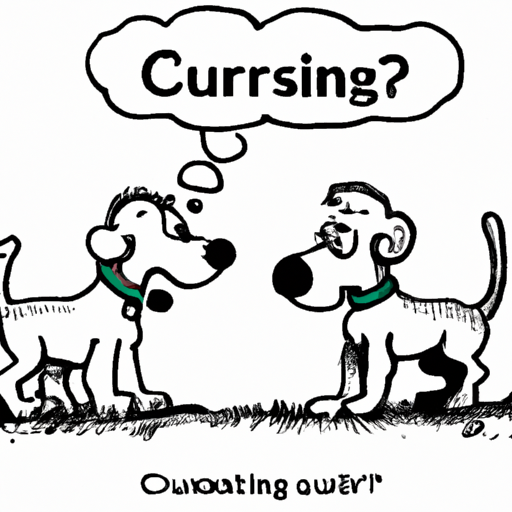If you’ve ever watched dogs interact at a park, you’ve likely noticed that they do a lot of sniffing. Specifically, they seem to have a fascination with each other’s rear ends. This behavior might seem strange or even gross to us humans, but for dogs, it’s a completely natural and important part of their communication.
Table of Contents
1. Understanding Canine Communication
2. The Science Behind the Sniff
3. How Dogs Interpret Scents
4. The Social Etiquette of Sniffing
5. Frequently Asked Questions
Key Takeaways
* Dogs use their sense of smell to communicate with each other and better understand their environment.
* The anal glands of dogs produce unique scents that convey a wealth of information to other dogs.
* Sniffing is a normal and essential part of canine social etiquette.
Understanding Canine Communication
Dogs have a highly developed sense of smell, which they use to gather information about their environment and the other animals in it. It’s one of the ways they communicate. By sniffing each other, they can learn a lot about their fellow dogs, including their sex, age, diet, emotional state, and more. This information helps them navigate their social world and understand their place within it.
On the website OneTopDog, you can find numerous articles and resources that delve into the fascinating world of canine communication. For example, this article explains many common dog behaviors, including sniffing, while this article offers insights into dog body language.
The Science Behind the Sniff
At the heart of this sniffing behavior are the anal sacs, two small glands located on either side of a dog’s anus. These glands produce a unique scent, or “chemical signature,” that is as individual to a dog as fingerprints are to humans. When dogs sniff each other’s rear ends, they’re essentially getting to know each other on a deeply personal level.
According to a study published in the Journal of Allergy and Clinical Immunology, the anal sacs’ secretions contain a wealth of information, including the dog’s sex, diet, health status, and emotional state. The dog’s body constantly updates this information, making it a real-time snapshot of the dog’s life.
How Dogs Interpret Scents
Dogs have a special organ, called the Jacobson’s organ or vomeronasal organ, that allows them to analyze and interpret the chemical information they gather through smell. This organ, located in the nasal cavity, sends signals directly to the brain, bypassing the olfactory cortex. This means that the scents dogs pick up don’t register as ‘smells’ in the way humans understand them, but as complex messages or ‘chemical signals’.
The Social Etiquette of Sniffing
While sniffing may seem invasive to us, it’s a normal part of doggy etiquette. Sniffing is usually a mutual behavior, with both dogs allowing each other access to their rear ends. It’s a way for dogs to greet each other and establish a social connection.
However, not all dogs appreciate being sniffed, especially by strangers. That’s why it’s always important to supervise interactions between dogs, especially if they’re meeting for the first time. OneTopDog has a useful guide on how to introduce dogs to each other safely and effectively.
Frequently Asked Questions
1. Why do dogs sniff each other’s rear ends?
Dogs sniff each other’s rear ends to gather information about the other dog, such as their sex, diet, health status, and emotional state.
2. Is it normal for dogs to sniff each other?
Yes, sniffing is a normal part of canine social behavior. It’s one of the ways dogs communicate and get to know each other.
3. Why does my dog sniff everything?
Dogs use their sense of smell to explore their environment and gather information. They may sniff things to identify them or to pick up on any scents that other animals have left behind.
4. What should I do if my dog doesn’t like being sniffed?
If your dog doesn’t like being sniffed, it’s important to respect their boundaries. You can do this by closely supervising their interactions with other dogs and intervening if necessary.
In conclusion, when dogs sniff each other, they’re not just being nosy. They’re communicating in one of the most fundamental ways dogs know how. By better understanding this behavior, we can better understand our canine companions and help them navigate their social world.



